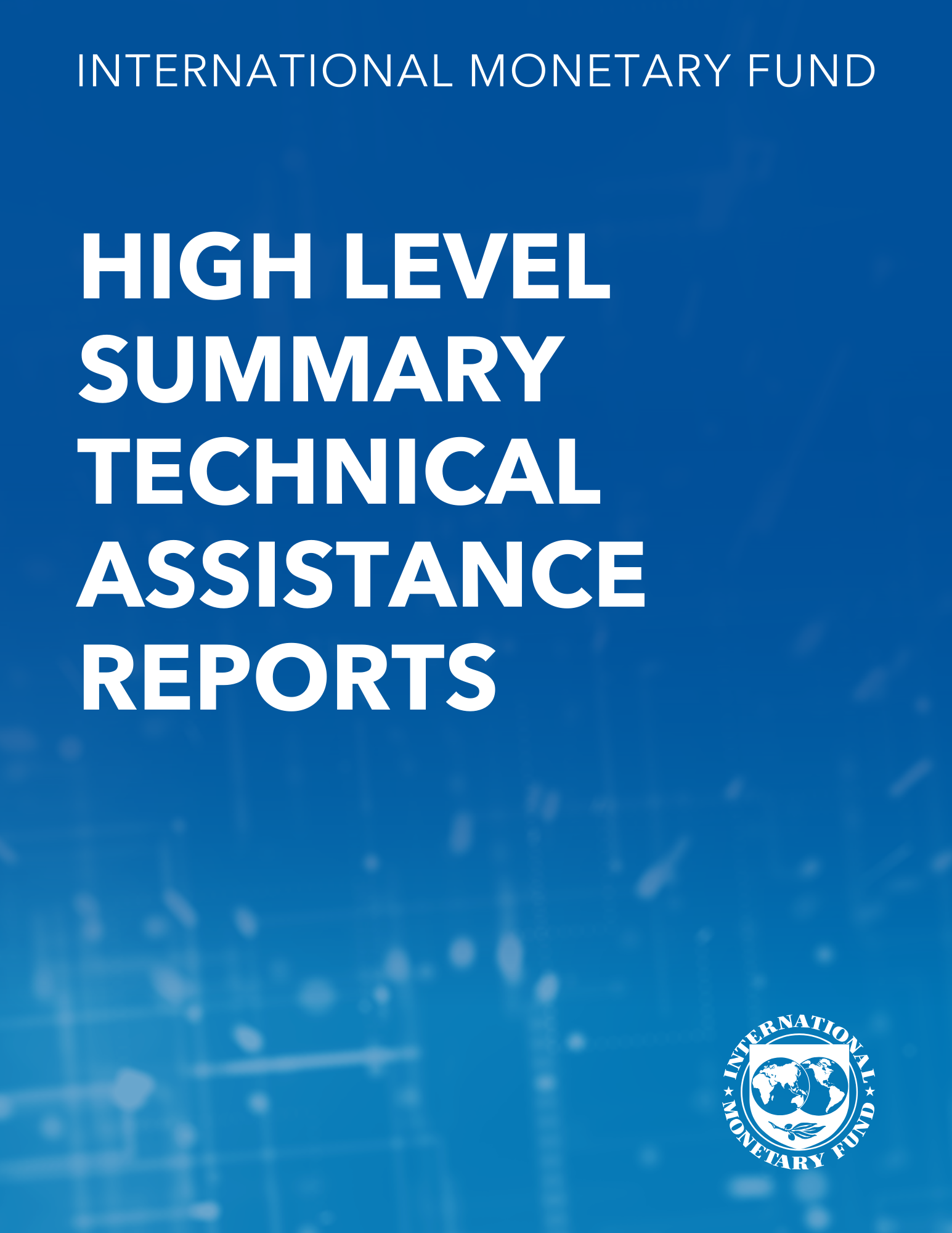Measurement of Co-Circulation of Currencies
March 1, 1995
Disclaimer: This Working Paper should not be reported as representing the views of the IMF.The views expressed in this Working Paper are those of the author(s) and do not necessarily represent those of the IMF or IMF policy. Working Papers describe research in progress by the author(s) and are published to elicit comments and to further debate
Summary
“Co-circulation” involves the regular use of two or more currencies within an economy. This paper examines methodologies to measure the extent to which foreign currencies are circulated within an economy. Ample anecdotal evidence exists that the U.S. dollar, DM, and other currencies are widely used outside their home countries, as general mediums of exchange, as speculative instruments, or as means of saving. Co-circulation is rarely estimated, which can result in serious errors in statistical estimates of international capital flows and monetary aggregates. We examine a variety of measurement techniques that might be used in various situations. However, estimation remains difficult or impossible in some settings. Limited evidence available suggests that co-circulation is widespread and large scale in some countries. In the final section, we discuss some policy implications of co-circulation regarding seigniorage, inflation control, and the partial integration of monetary systems that accompanies co-circulation. An appendix by Roman Zytek discusses possible sampling biases in measuring co-circulation due to segmentation in markets.
Subject: Bank deposits, Currencies, Demand for money, Exchange rate adjustments, Exchange rate arrangements, Financial services, Foreign exchange, Money
Keywords: Africa, Bank deposits, capital flight, Central America, Central and Eastern Europe, circulating currency, Currencies, currency flow, currency holding, currency movement, Demand for money, demand model, dollar-denominated money balance, Eastern Europe, exchange rate, Exchange rate adjustments, Exchange rate arrangements, Global, real-time currency census system, speculation purpose, tax receipt, transfers trend, U.S. dollar, WP
Pages:
42
Volume:
1995
DOI:
Issue:
034
Series:
Working Paper No. 1995/034
Stock No:
WPIEA0341995
ISBN:
9781451845228
ISSN:
1018-5941






